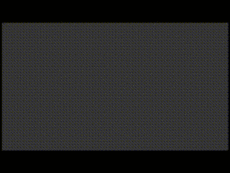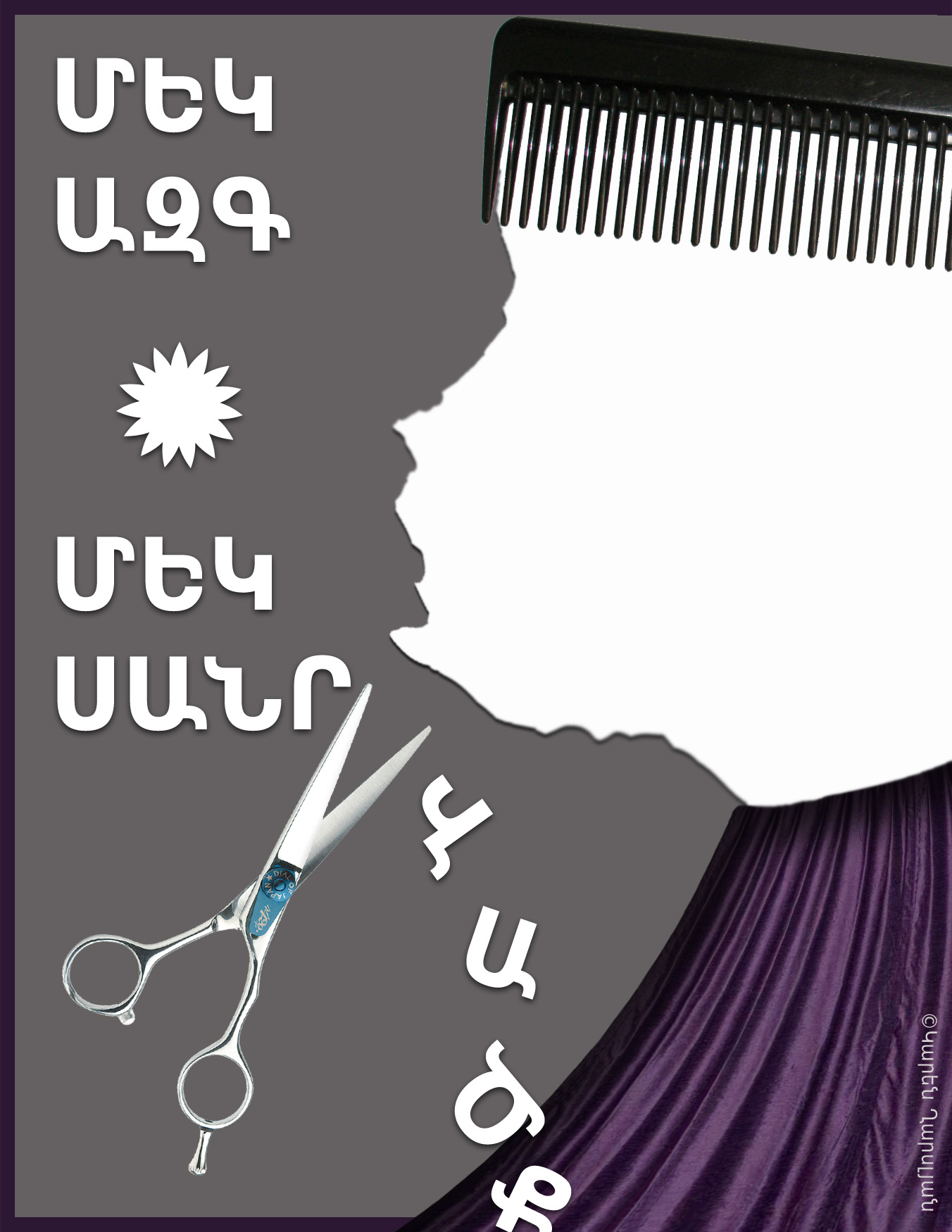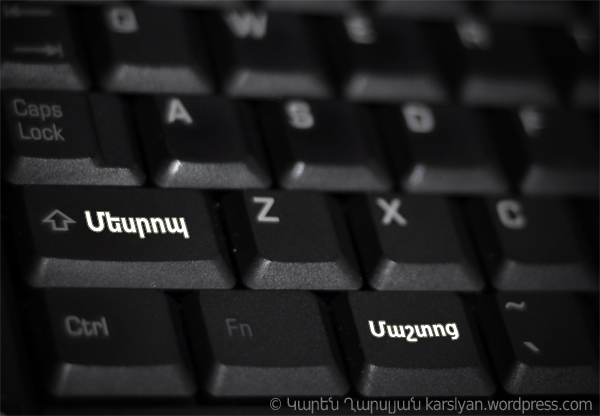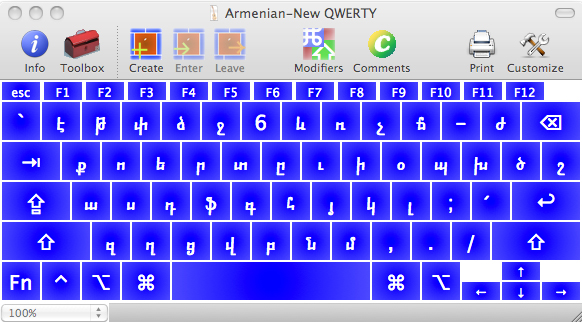Now that Japan’s terrible earthquake is at an emotionally safe distance, I’ll pull out the drawer and pick up a somewhat funny subject that’s been gathering dust for over four months.
Poor knowledge of world geography in the U.S. is common knowledge. “Where are you from,” I often hear from people confused by my accent. Often, Armenia proves to be insufficient as an answer. Years ago, when someone in the State of Georgia asked me to clarify “where the hell” that was, I said: “It’s to the south of Georgia, the country.” “Is it in Florida?” “No. Do you know Turkey?” “Sure, I do. I just had it for lunch.”
For years, the American authorities and think-tanks have been raising this issue and offering solutions. But this one appeared to me as the most absurd: “Officials say study abroad program could help students become more informed about the world.” Funny, isn’t it? I had barely been outside my hometown by age 5 when I knew all the capitals of the European and Asian countries by heart. And I knew at least half a dozen of my kindergarten fellows who could repeat that feat. The answer is – get a world map, duh!
And some of them did… Two days following the massive earthquake that hit Japan on March 11, 2011, the official Facebook page posted the world map showing “how news of the earthquake and tsunami in Japan spread on Facebook via status messages” (such a typical Facebook status update, originally posted on the Global Disaster Relief on Facebook page). Below is a screenshot of that map (see the original):
Now, guess what, Saika Uromachi (the commenter, in the screenshot), “my country is erase… :(((” too.
Where is Armenia? What are the USSR, Yugoslavia and Czechoslovakia doing on the world map of 2011? Certain that Facebook was simply too smart to make such a stupid mistake, I started seeking other explanations for the anomaly I noticed on the map. If the quake, according to the sensational news of the time, had moved Japan’s coast by 8 feet, shifted the Earth’s axis, increased the Earth’s wobble, and even shortened days, it may as well have moved the time back by 20-odd years, when the USSR, Yugoslavia and Czechoslovakia were still in existence.
As I browsed the maps, my confusion grew. Not only did these extinct countries come back to life, but their populations became actively involved in the Facebook community. By 11:30 pm on March 11, 2011, so many Facebook users of Yugoslavia had spread the word about the quake in Japan on Facebook, that they appeared on the map below (see the original).
The Facebook users of Czechoslovakia also showed considerable activity, posting statuses and sharing news about one of the devastating catastrophe’s of the 21st century (see the original)
However, according to their statistics, the Facebook members of the Soviet Union remained dead silent the whole time. None of the 15 republics, including Armenia, appears to have uttered a single status about Japan’s catastrophe in March 2011. Yes, none of the tens of thousands of my Armenian compatriots tirelessly posting and reposting the news were noticed.
P.S. A lot of people argue that, to a large extent, it is the tininess of Armenia that accounts for decent knowledge of world geography in that country. Sure, when there’s not much to learn about your own territory, you study the other countries almost by inertia. But the truth is that when my kindergarten fellows and I were able to point at almost all the countries of the world on the map, we were the citizens of the largest country on Earth—that very USSR, which was miraculously resurrected 20-odd years following its demise by the sheer technological genius of the man of the year 2010 and the most powerful person in UK media today, Mark Zuckerberg.












